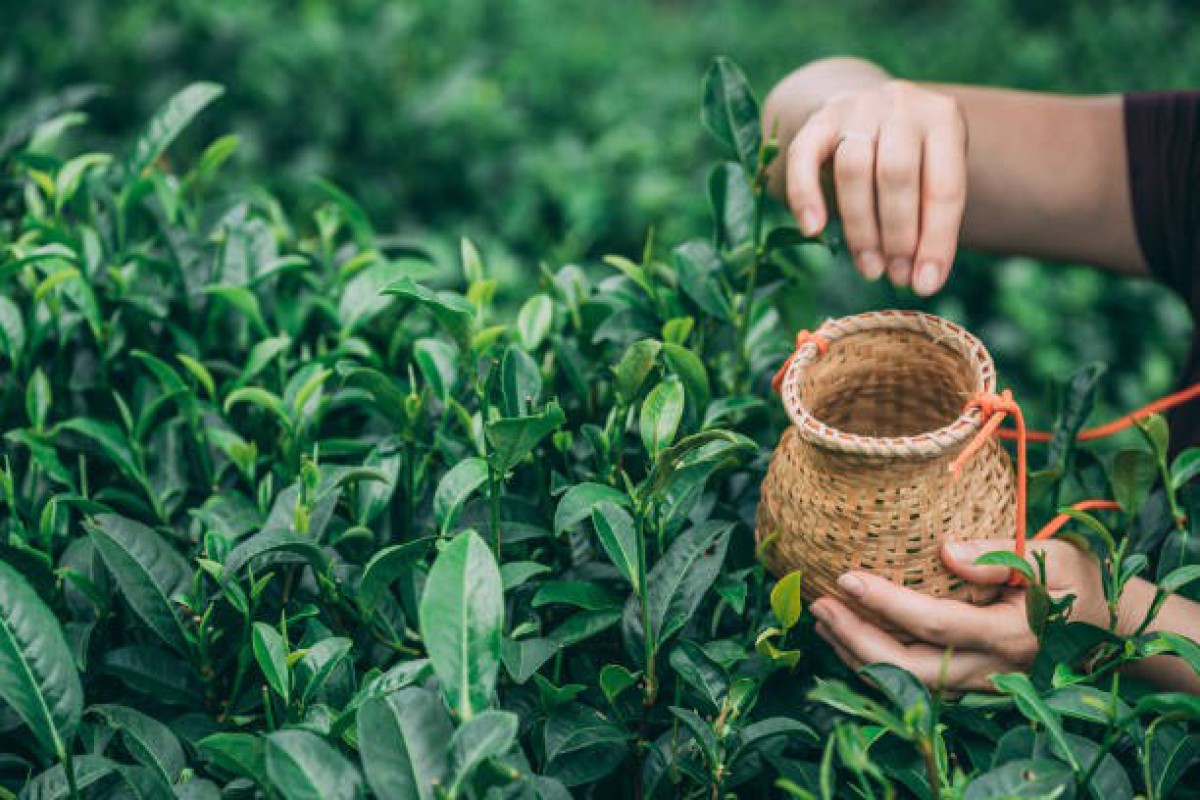Tea Leaf salad or Lahpet Thoke Myanmar's traditional appetizer attracts every foreign guest

602

Thiri Khit Oo (NP News) - April 1
Myanmar has a long history with tea leaves or locally called lahpet. Of course, the tea leaves give many benefits such as nutrients for health, skins, and beauty with many good benefits. And also, tea leaves can bring out varieties of dishes and recipes in simple ways. So, there is no wonder that the tea leaf’s dishes become iconic foods of Myanmar.
Since AD 1707, Myanmar’s literature has widely used the name of lahpet. One of Myanmar literatures namely U Ponn Nya stated that lahpet had been a royal drink from the times of King Duttabaung and King Alongsithu between Bagan Dynasty and Innwa Dynasty. Then, around the 18th century, tea gradually developed into a commercial product item.
For ancient time, eating fermented lahpet or drinking plain dried tea with hot water in one table between kings can be defined as a peace symbol or peace offering between warring kingdoms. Nowadays, the lahpet tray with many side-dishes is a main expression of hospitality offering to the houseguests.
Myanmar’s lahpet thoke (tea leaf salad) is an iconic food mix of flavors and textures with the ingredients of soft pickled tea leaves, crisp, roasted peanuts and other crunchy beans, toasted sesame seeds, fried garlic, chopped tomato and dried shrimps. Some make lahpet thoke with more vegetables.
Vegetables are low in calories and high in fiber. Eating more vegetables is one of the simplest and most effective things to eat healthier. Besides, tea leaves are rich in antioxidants that can help protect the body against damage from free radicals.
Tea is a kind of plant that is a heterogeneous evergreen. The two main varieties – var. Sinensis and var. Assamica known generally as China and Assam varieties, respectively. China varieties have small erect leaves classing as Erectophiles. The Assam varieties (small trees originally have grown in the forest) bare horizontal and broad leaves and are classified as Planophiles.
In Myanmar, both varieties of Assam and China are grown. Besides, there are various hybrid varieties grown such as the variety native to Myanmar called var. Irrawadiensis. They grow in height of 20-30m and have a life span of more than 1,500 years. Averagely, one tea bush produces approximately 3.5 kilograms of fresh tea leaves per year under optimum conditions and good agricultural practices. Rainfalls and cultivation at high altitudes of 1,500 to 2,250 meters above the sea level can make the tea to produce in high quality.
Therefore, the tea plantations are usually found at the hills and mountains of upper Myanmar such as Shan State. The new leaves of tea are
harvested at proper intervals.
Today, teas are also used as chemical ingredients for cosmetics, fertilizers, instant teas, medical and nutritional supplements in foreign countries.
The quality standards of tea are distinguished in three classes based on the types of leaves. The first class of green tea is the best and most expensive one, and it includes only raw materials with two or three leaves and a bud. The second class includes larger leaves while the third class is with rough leaves. The third class fetches the lowest price since rough leaves are removed by consumers.
Additional quality standards will typically factor in pricing of green tea including color, texture and the lack of any foreign matter in the final product.
Data reference – Myanmar Tea Cultivation and Processing